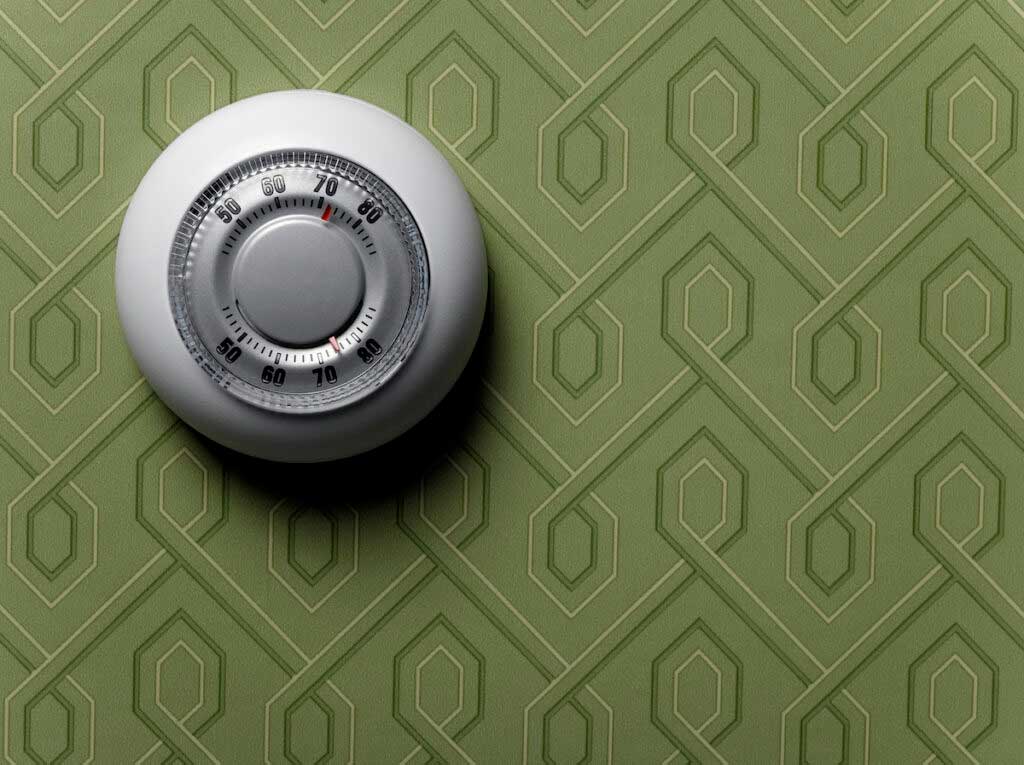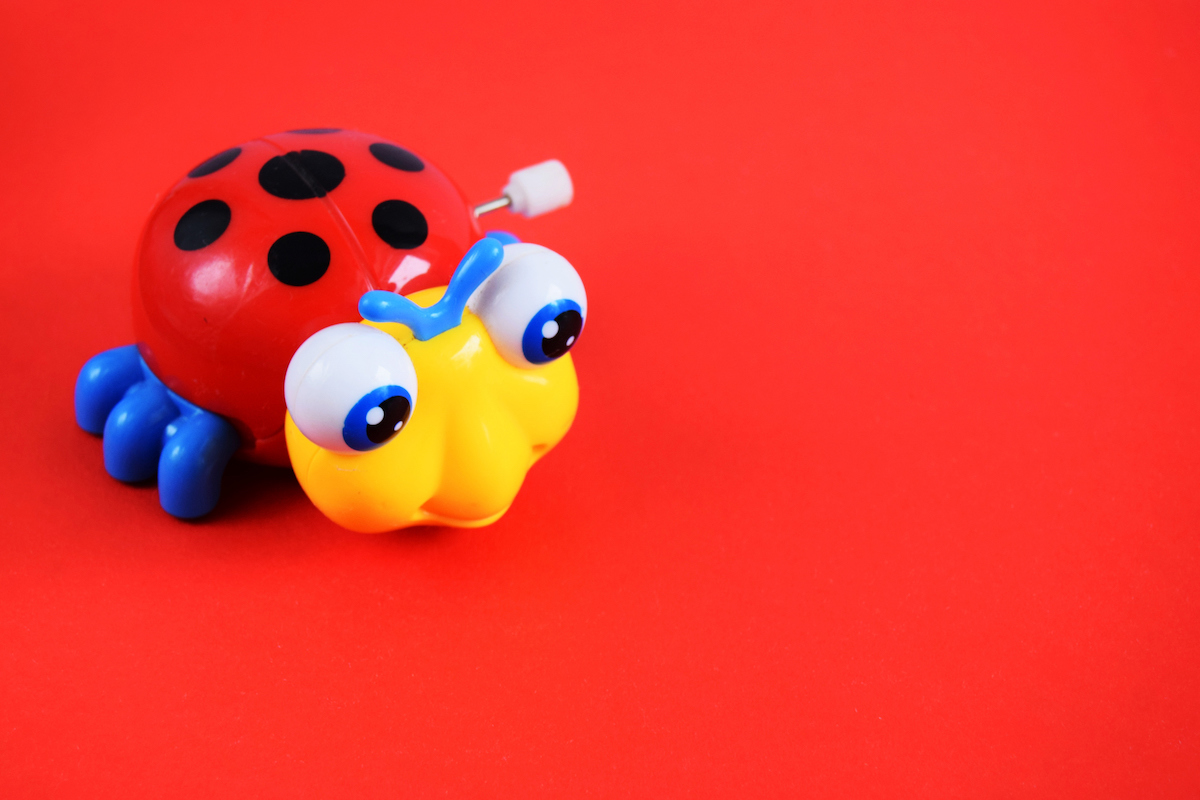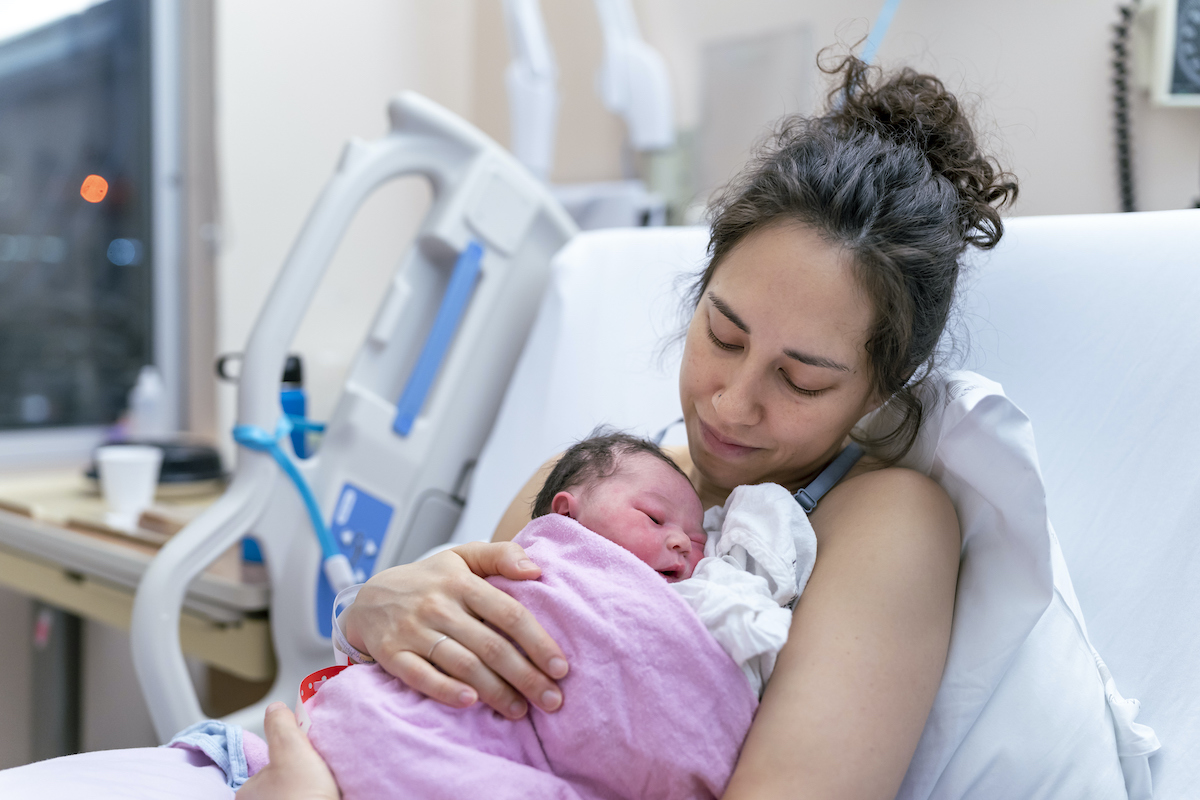If your children are the age of my children — my youngest is 7 — you may be asking yourself What is a SNOO? Like wearable breast pumps, it’s something that we missed out on.
Here’s a link, but, basically, the SNOO is a robot bassinet. It’s intended to be used from birth to six months, with the goal of improving infant sleep. To greatly simplify, you swaddle your baby (using their swaddle) and strap them into the bassinet. And then the SNOO kind of auto-soothes them (that’s the idea, anyway) with white noise and rocking that is responsive to their movement. If it doesn’t work, then the bassinet sends an alert to your phone to tell you your kid is really grumpy and you need to come deal with it yourself.
The SNOO is the brainchild of pediatrician Harvey Karp, the creator of the book and videos The Happiest Baby on the Block, which many of us swear by. (Full disclosure: In addition to my being a devotee of Karp’s “5 S’s” — more on this momentarily — he blurbed my first book. However, we have never met and I did not speak to him about this post.) The 5 S’s are a method for improving infant sleep, involving swaddling, holding the baby in a side-stomach position, shushing, swinging, and sucking a pacifier. The idea with the SNOO is that the robot does a lot of this for you, and keeps the baby asleep longer.
But does it work?
First we should ask the question of what we mean by “works.” I’m going to talk below mostly about the evidence on improving sleep, but it’s worth mentioning that the SNOO is also pitched as a way to reduce the risk of sudden infant death syndrome (SIDS). This claim thus far seems to be based on the observation (i.e. in this paper, from the Happiest Baby team) that SNOO users are more likely to engage in back-sleeping and less likely to engage in bed sharing, relative to the general population. This is a bit of a difficult claim to take causally. Someone who is interested in bed sharing is probably not going to invest in a $1,700 robot bassinet for sleep, so the findings in the data are not the same as saying that if you give people the SNOO, they are more likely to sleep on their back. It’s possible, but hard, to learn from that data.
For the more common question of whether the SNOO works on sleep quality, I’m going to answer in three parts: (1) Does it seem like it would work, based on other things we know? (2) Do people say it works? (3) Is there any actual data?
Does it seem like it would work?
Basically, yes.
The main reason is we have good data that the individual parts of the 5 S’s can work. For example, there is a lot of excellent evidence showing that swaddling improves infant sleep. I review much of this in Cribsheet; some of it is really in the weeds and involves bringing babies into sleep labs and attaching monitors to them and so on. The bottom-line result is that swaddling infants increases the length of sleep spells, likely by reducing the risk that small sleep disruptions ultimately cause the baby to wake up.
White noise seems like it helps, as you can see in this small randomized trial from several decades ago or this one, which compares white noise with swinging and favors white noise. (I know many of you will ask: I thought white noise was bad for hearing? I’ve written about that, and as long as you do not have it too loud, it’s fine.)
All of these together (except for the pacifier) have been tested, too, in at least one randomized trial and shown to be effective.
So there is good reason to think the 5 S’s work, and, by extension, you would expect the SNOO to work, at least relative to doing nothing. I think a reasonable question to ask — not answered by this baseline evidence — is how much better it is than just a white-noise machine and a Miracle Blanket. The responsive aspect of the SNOO, including both the noise adjustment and the swinging, is the key feature, but that’s not something we can evaluate based on this data.
Do people say it works?
Many of them, yes. On Amazon, 78% of the ratings are 5 stars.
Not everyone is converted. I did a (totally unscientific) poll on Instagram. After about 10,000 votes, 47% of people said it worked for them, 19% said it did not, and 34% said “it’s complicated.” The comments were illustrative. I got everything from “This changed my life. Amaze!” to “The swinging gave my baby motion sickness and they threw up every time.” The comments were nuanced: basically, that their baby slept well but they didn’t know if it was because of the SNOO.
If I had to summarize the comments, I would say that there are clearly a sizable share of people who found it not just useful but life-changing. Some of this group told me that anyone who says otherwise obviously didn’t read the directions. However: it doesn’t work for everyone, or every baby. And for many people, they thought it helped but that it wasn’t magic.
(This is an argument for experimenting; see below on the “rental” option.)
Does the data say it works?
There isn’t much data.
There is one abstract (a very short paper), published in the journal Sleep in 2020. The paper (also by the Happiest Baby team) reports on about 7,100 parents who used the SNOO and compares the sleep experienced by their babies over the first six months with that of a reference population from other studies.
The abstract suggests that the parents using the SNOO had babies who slept for longer periods and for a longer total duration, as well as with fewer night wakings (on average, one per night in the zero-to-six-month period, versus two in a reference population).
The data for the study comes from the app associated with the SNOO, which is a nice way to collect a lot of data passively, but it does mean that the sample is going to be selected in particular ways, in terms of demographics and perhaps also in terms of their attitudes toward sleep. The reference population they are compared with is based on other studies (which are unspecified), making it difficult to subject this data to any scrutiny. I cannot tell whether the populations or data collection approaches are at all similar. This is the nature of an abstract like this; the authors told me back in 2021 that they are preparing a longer paper, which will presumably answer more of these questions. As it is, I do not take very much from the abstract.
A second preliminary set of results concerns the impact of the SNOO on maternal sleep. This is, of course, not the same as infant sleep, but infant sleep issues typically feed into maternal sleep issues. This study is a randomized controlled trial, recruiting 127 postpartum women with insomnia and randomizing them into either (1) control (i.e. nothing), (2) responsive bassinet [SNOO], or (3) cognitive behavioral therapy for insomnia.
The authors find that the behavioral therapy is useful for lowering insomnia, relative to the control group. The SNOO doesn’t appear to impact insomnia or sleep duration over the first time period in the study, but at six months they do find that those with the SNOO report sleeping significantly longer (about 40 minutes). This is intriguing but definitely needs to be followed up with larger trials, with more measurements and details.
The ideal study would be a large one that would randomize access to the SNOO, perhaps comparing it with advice to use the 5 S’s without SNOO provision. The study would use some kind of passive data collection to learn about sleep for both infants and parents. This is hard but potentially doable, and perhaps we will see this! Until then, I think what we might say is there are reasons to think the SNOO would work but relatively little hard data to know exactly how large the effects are.
Are there risks?
We covered the SIDS risk, which, in fact, isn’t a risk at all with the SNOO but possibly a benefit.
The one risk I have seen discussed (largely on social media) is the idea that it might contribute to “container baby syndrome,” which is a constellation of developmental problems that are thought to arise from a baby spending too much time in containers (car seats, bouncy seats, jumpers) and not developing appropriate motor skills.
The thing is that outside of a few social media mentions, I have seen nothing that would suggest the SNOO has anything to do with this. Yes, the infant is swaddled, but that’s likely to be true even without the SNOO. Your infant will be on their back in a crib of some type, hopefully asleep, in any case. The SNOO is no more container than a non-robot bassinet.
What’s the downside?
The SNOO is expensive. That’s the issue. In some ways, I was reluctant to even write about it, because even acknowledging the idea of getting a $1,700 robot crib seems a little excessive. Especially for something you will use for at most six months, perhaps less. The cost is part of the reason why I hope we might sometime learn something about effect sizes.
However: I will say that there are ways to lower this cost. Happiest Baby offers a rental program; this is especially good if you aren’t sure. Or you can buy a used one. Or you can chip in with your friends and pass it around if you time your babies right. The company has asked the FDA to approve it as a SIDS prevention device. If that happens, insurance may cover some of the cost.
Economics is all about tradeoffs, and this is one. It’s an expensive item that seems like it might deliver some benefits of uncertain size. It’s worth giving some careful thought, as part of your decision, to what else you might do with those funds.
Community Guidelines



















